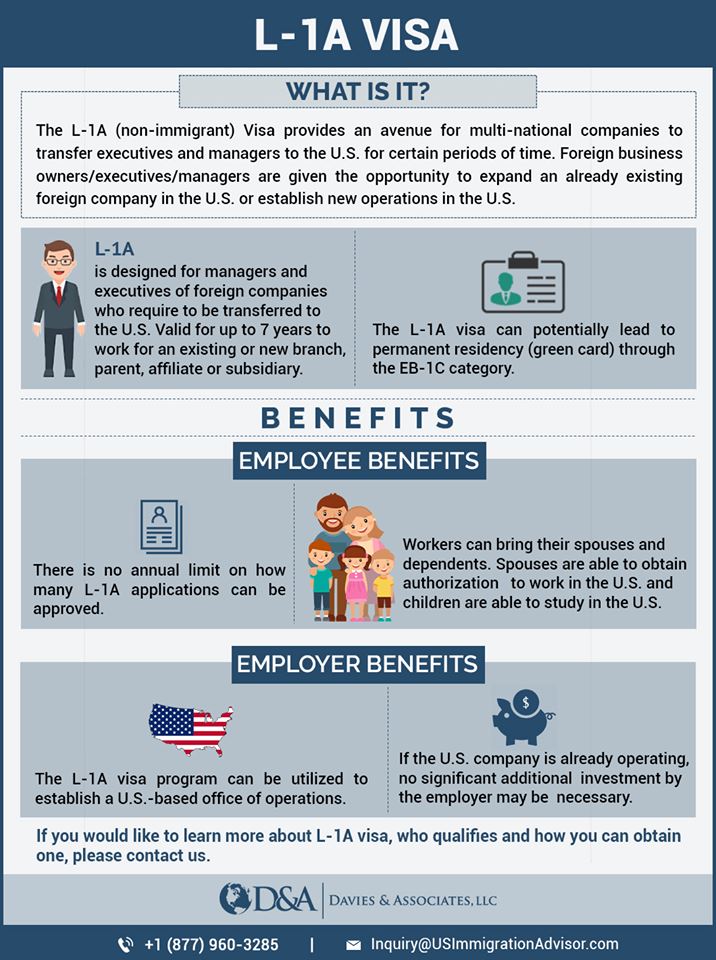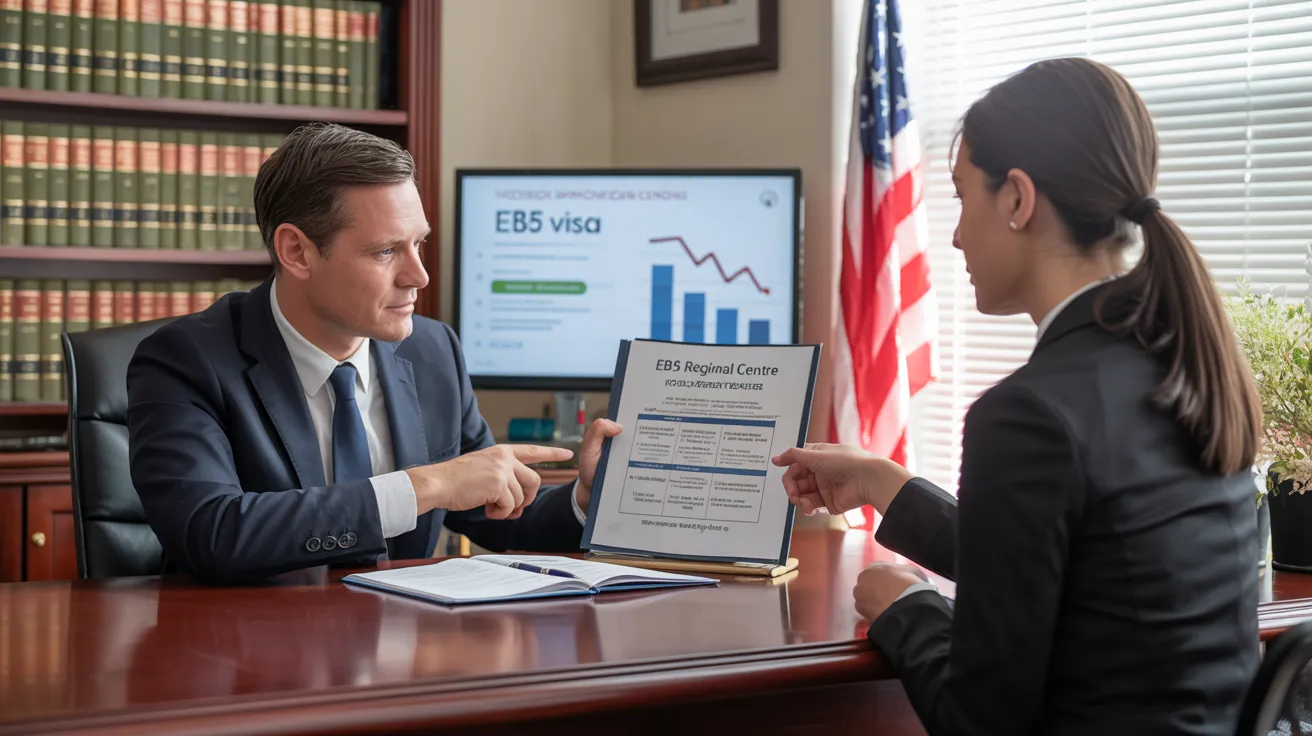L1 Visa Info
Things about L1 Visa
Table of ContentsNot known Facts About L1 VisaNot known Details About L1 Visa The Only Guide for L1 VisaThe Main Principles Of L1 Visa L1 Visa Things To Know Before You BuyThe Main Principles Of L1 Visa
Readily Available from ProQuest Dissertations & Theses Worldwide; Social Science Costs Collection. DHS Office of the Examiner General. Recovered 2023-03-26.
United State Department of State. Fetched 2023-02-08. Tamen, Joan Fleischer (August 10, 2013).
4 Simple Techniques For L1 Visa
In order to be qualified for the L-1 visa, the international business abroad where the Recipient was utilized and the United state company must have a certifying partnership at the time of the transfer. The various types of qualifying partnerships are: 1.
Example 1: Firm A is incorporated in France and uses the Beneficiary. Business B is integrated in the U.S. and intends to seek the Recipient. Company A has 100% of the shares of Business B.Company A is the Parent and Business B is a subsidiary. There is a certifying connection between the 2 business and Company B should be able to fund the Beneficiary.
Instance 2: Business A is incorporated in the U - L1 Visa.S. and wants to request the Beneficiary. Firm B is included in Indonesia and uses the Beneficiary. Company An owns 40% of Firm B. The remaining 60% is possessed and controlled by Firm C, which has no connection to Business A.Since Firm A and B do not have a parent-subsidiary relationship, Company A can not sponsor the Recipient for L-1.
Business An owns 40% of Firm B. The continuing to be 60% is possessed by Firm C, which has no relationship to Business A. Nevertheless, Firm A, by formal arrangement, controls and full takes care of Business B.Since Company A has much less than 50% of Business B however manages and controls the business, there is a qualifying parent-subsidiary relationship and Business A can sponsor the Beneficiary for L-1.
The 8-Second Trick For L1 Visa
Associate: An associate is 1 of 2 subsidiaries thar are both possessed and controlled by the very same moms and dad or individual, or owned and managed by the same group of individuals, in basically the very same ratios. a. Instance 1: Firm A is integrated in Ghana and uses the Recipient. Business B is integrated in the united state
Firm C, additionally incorporated in Ghana, has 100% of Firm A and 100% of Firm B.Therefore, Firm A and Firm B are "affiliates" or sister firms and a certifying connection exists in between the 2 business. Firm B ought to have the ability to fund the Recipient. b. Example 2: Business A is integrated in the U.S.
Firm A is 60% contact us owned by Mrs. Smith, 20% owned by Mr. Doe, and 20% owned by Ms. Brown. Company B is integrated in Colombia and currently uses the Recipient. Firm B is 65% possessed by Mrs. Smith, 15% possessed by Mr. Doe, and 20% had by Ms. Brown. Firm A and Company B are associates and have a certifying partnership in two different ways: Mrs.
The L-1 visa is an employment-based visa category established by Congress in 1970, permitting international firms to move their managers, execs, or key personnel to their U.S. procedures. It is typically referred to as the intracompany transferee visa.

Furthermore, the beneficiary must have operated in a supervisory, exec, or specialized employee placement for one year within the 3 years preceding the L-1A application in the international company. For brand-new office applications, international work has to have been in a managerial or executive capacity if the recipient is coming to the USA to work as a manager or executive.
The Main Principles Of L1 Visa

If given for an U.S. firm functional for even more than one year, the preliminary L-1B visa is for as much as three years and can be extended for an added two years (L1 Visa). Conversely, if the united state company is newly established or has been operational for less than one year, the initial L-1B visa is released for one year, with expansions readily available in two-year increments
The L-1 visa is an employment-based visa category developed by Congress in 1970, enabling multinational firms to move their managers, execs, or essential workers to their united state procedures. It is commonly described as the intracompany L1 Visa requirements transferee visa. There are two main types of L-1 visas: L-1A and L-1B. These types are ideal for employees employed in various settings within a business.
The Definitive Guide for L1 Visa
In addition, the recipient should have operated in a managerial, executive, or specialized staff member setting for one year within the three years coming before the L-1A application in the international company. For brand-new workplace applications, foreign employment should have been in a supervisory or executive capability if the beneficiary is concerning the United States to function as a supervisor or exec.
for up to seven years to manage the operations of the united state associate as an exec or manager. If get started provided for a united state firm that has actually been operational for greater than one year, the L-1A visa is at first granted for as much as three years and can be expanded in two-year increments.
If granted for a united state company operational for greater than one year, the initial L-1B visa is for up to three years and can be expanded for an additional 2 years. Conversely, if the U.S. firm is recently established or has been operational for less than one year, the preliminary L-1B visa is issued for one year, with extensions offered in two-year increments.